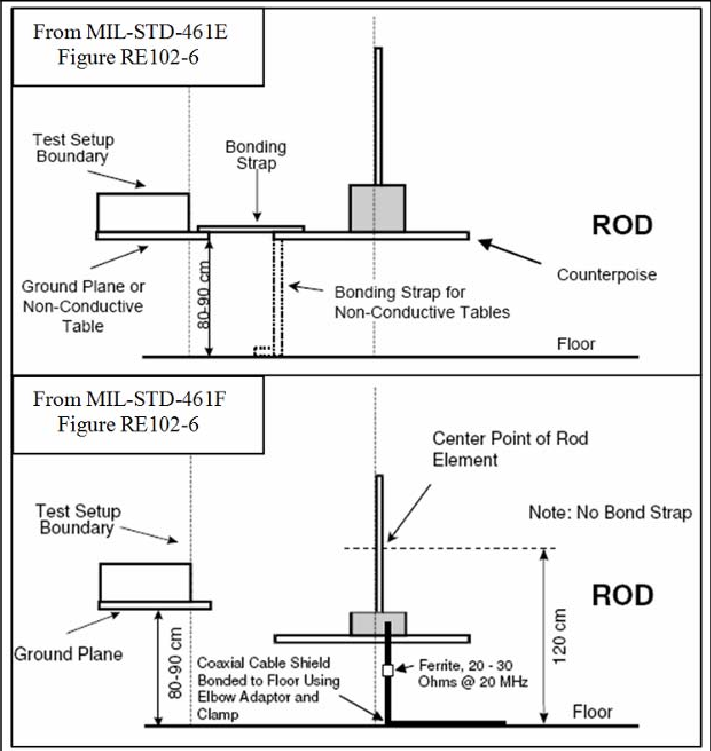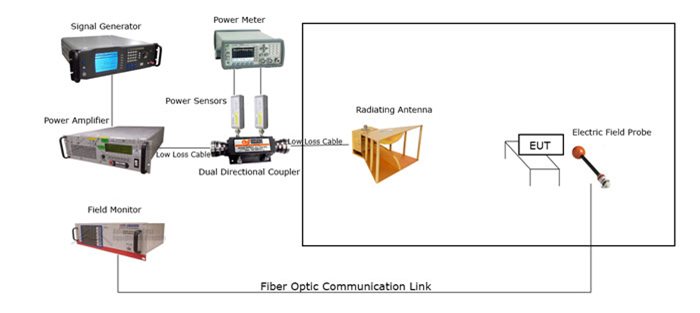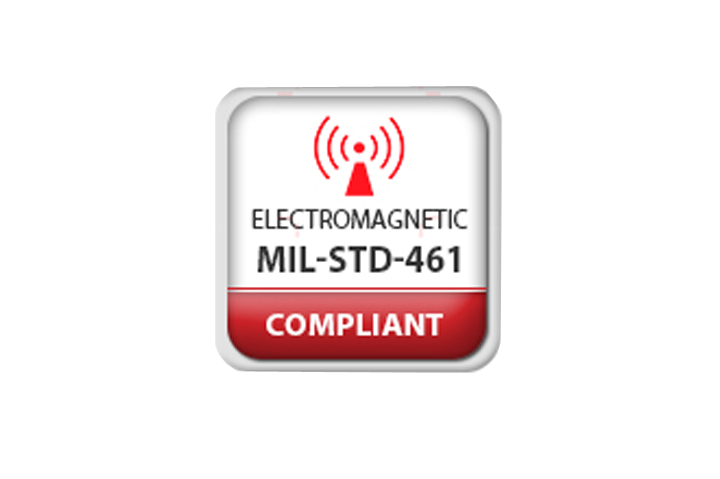MIL-STD-461: Understanding Electromagnetic Compatibility. Discover the ins and outs of MIL-STD-461, the standard for electromagnetic compatibility in military systems, and its importance in modern warfare. This white paper provides a comprehensive overview of MIL-STD-461, its application, testing procedures, and significance in ensuring the reliable and effective operation of military equipment amidst the challenges of electromagnetic interference.

Introduction
Electromagnetic compatibility (EMC) is a critical concern for military systems due to the increasing complexity of electronic equipment and the proliferation of electromagnetic emissions. To address these challenges and ensure the reliable functioning of military equipment, the United States Department of Defense (DoD) established MIL-STD-461. This standard sets guidelines for electromagnetic compatibility and susceptibility requirements, testing methods, and measurement procedures. This white paper explores the significance of MIL-STD-461 in modern warfare, detailing its application and the testing processes to ensure military systems can withstand electromagnetic interference.
- The Importance of Electromagnetic Compatibility in Modern Warfare
In contemporary military operations, electronic systems play a vital role in communication, reconnaissance, target acquisition, and command and control. However, the widespread deployment of electronic devices can lead to electromagnetic interference, which can compromise the functionality of critical military systems. Ensuring electromagnetic compatibility is essential to prevent disruption and maintain the integrity of military operations on land, sea, and air.
- Understanding MIL-STD-461
MIL-STD-461, titled “Requirements for the Control of Electromagnetic Interference Characteristics of Subsystems and Equipment,” is the standard set by the DoD to ensure electromagnetic compatibility in military systems. Its primary objective is to define the requirements and test procedures that equipment must undergo to minimize the risk of electromagnetic interference.
- Application of MIL-STD-461
MIL-STD-461 applies to all electronic equipment, subsystems, and systems that are intended for use in military applications. This encompasses a wide range of devices, including radars, communication systems, weapons systems, control units, and more. Compliance with this standard is mandatory for all military contractors and suppliers, ensuring uniformity and reliability in military equipment across different platforms and manufacturers.

- Testing Procedures
The testing procedures outlined in MIL-STD-461 are designed to evaluate the electromagnetic emissions and susceptibility of military equipment. These tests assess the ability of the equipment to function correctly in the presence of electromagnetic interference and its ability to avoid causing interference to other systems. Some key testing procedures include:
- Conducted Emissions Test (CE): This evaluates the electromagnetic emissions conducted through power and signal cables. The equipment is subjected to various operating conditions, and its emissions are measured to ensure they remain within acceptable limits.
- Radiated Emissions Test (RE): This assesses the electromagnetic emissions radiated by the equipment when it is in operation. The equipment is placed in an anechoic chamber, and its radiated emissions are measured and compared to the standard’s limits.
- Conducted Susceptibility Test (CS): This evaluates the equipment’s ability to withstand conducted interference from external sources, such as power surges and radio frequency signals.
- Radiated Susceptibility Test (RS): This assesses the equipment’s resilience against radiated electromagnetic interference from external sources, simulating real-world scenarios.
- Significance in Modern Warfare
Modern military operations heavily rely on electronic systems, and any disruption to these systems can lead to severe consequences, compromising mission success and soldier safety. MIL-STD-461 compliance ensures that military equipment can operate effectively and reliably in the presence of electromagnetic interference, whether intentional or unintentional. It also guarantees that military systems do not emit excessive electromagnetic interference, thereby reducing the risk of detection by adversaries in electronic warfare scenarios.

Conclusion
In an era where warfare heavily depends on electronic systems, MIL-STD-461 plays a pivotal role in safeguarding the functionality and reliability of military equipment. By defining rigorous testing procedures for electromagnetic compatibility, this standard ensures that military systems can withstand electromagnetic interference while avoiding causing interference to other critical systems. Compliance with MIL-STD-461 is vital for maintaining operational integrity, safeguarding military personnel, and achieving mission success on the modern battlefield.
References:
United States Department of Defense. “MIL-STD-461G: Requirements for the Control of Electromagnetic Interference Characteristics of Subsystems and Equipment.” Washington, DC: U.S. Government Publishing Office, 2015.
Buehler, Martin G. “Electromagnetic Compatibility Engineering.” Hoboken, NJ: John Wiley & Sons, Inc., 2009.
Carpenter, Mark. “Electromagnetic Compatibility: Principles and Applications.” Boca Raton, FL: CRC Press, 2017.
Dobmann, Gregory. “Electromagnetic Compatibility in Power Electronics.” New York, NY: Springer, 2016.
IEEE Electromagnetic Compatibility Society. “IEEE Standard for Electromagnetic Compatibility – Requirements and Tests.” IEEE Std 149-2001, 2001.
United States Department of Defense. “MIL-STD-464C: Electromagnetic Environmental Effects Requirements for Systems.” Washington, DC: U.S. Government Publishing Office, 2010.
U.S. Army Research Laboratory. “Electromagnetic Compatibility Design Guide for Tactical Radio Systems.” Technical Report ARL-TR-6725, 2014.
International Electrotechnical Commission (IEC). “IEC 61000-4-2: Electromagnetic Compatibility (EMC) – Part 4-2: Testing and Measurement Techniques – Electrostatic Discharge Immunity Test.” Geneva, Switzerland: IEC, 2008.
Federal Communications Commission (FCC). “Title 47: Telecommunication, Part 15 – Radio Frequency Devices.” Code of Federal Regulations, Washington, DC: U.S. Government Publishing Office.
NATO Standardization Agency (NSA). “STANAG 7173: EMC for Systems.” Brussels, Belgium: NATO Standardization Agency, 2012.





